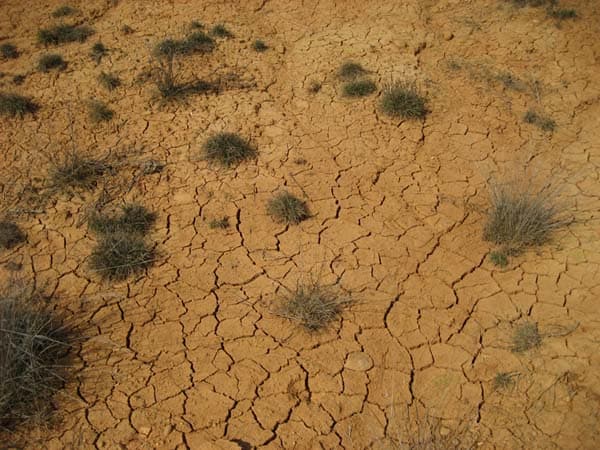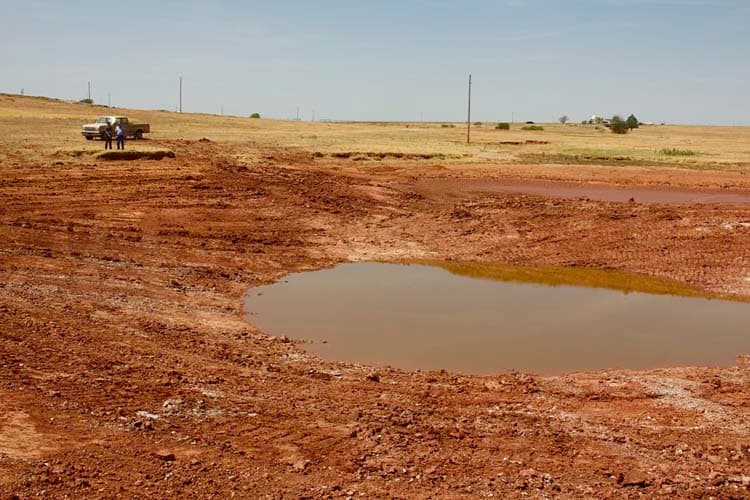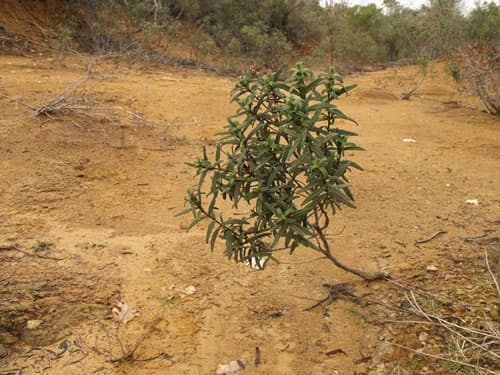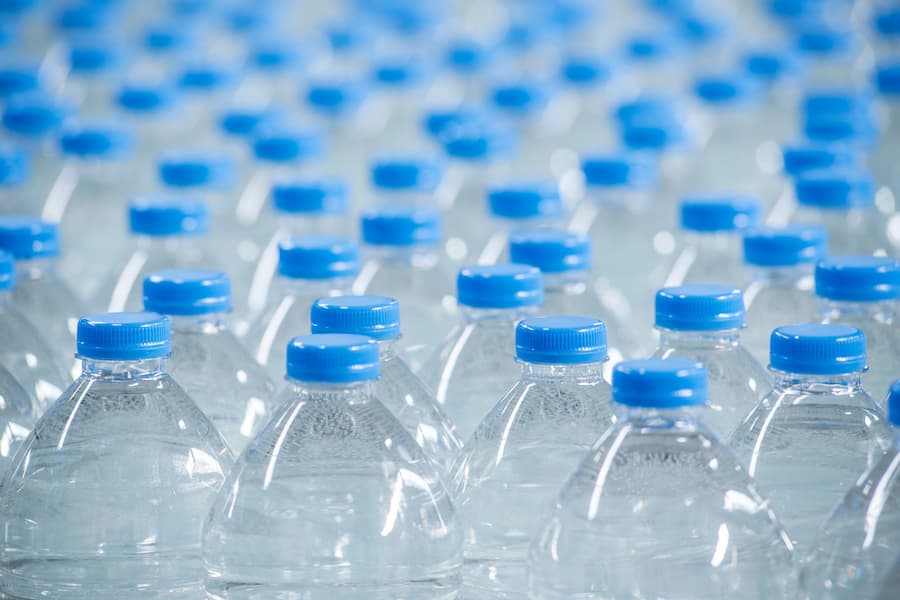Climate Change Consequence: Shortages of Food and Water
Climate change is responsible for the increasing shortages of food and water around the world.
The planet which we live in must remain healthy in order for us to live here and must be able to provide all of the necessary resources for living.
Due to our greenhouse gas emissions, the entire biosphere is in disequilibrium, and this is affecting food and water supplies on a global scale.
Increasing Food Shortages
World starvation is already a drastic problem across the world.
Globally, a child dies every three seconds from starvation, about 10,000 every day. In Africa, hunger is responsible for nearly half of all child deaths (Source).
"Africa could have one billion undernourished, malnourished and hungry children and young people by 2050 if current levels continue unabated" (Source).
It is estimated that 820 million in 2018 did not have enough to eat, up from 811 million the year before (Source).
Graça Machel, a child rights campaigner, stated: “Women and girls, along with children from poor and rural backgrounds, suffer the most from hunger. In some countries, stunting rates are twice as high among rural children as among their urban counterparts" (Source).
This problem will only be compounded by climate change since agriculture will be gravely affected.
Moreover, rising food prices and the lack of crop production mean fewer and fewer people will have access to food over time.
In Canada, food prices will increase by 4% in 2020. Droughts, forest fires, heavy precipitation, reduced freshwater access and rising sea levels will have an impact on food systems (Source).
Furthermore, in Africa, a combination of climate change and military conflict has exacerbated the problem of child hunger. "In 2017, more than eight million people in Ethiopia, five million in Malawi, four million in Zimbabwe and three million in Kenya were affected by acute food insecurity caused by issues relating to the climate crisis" (Source).

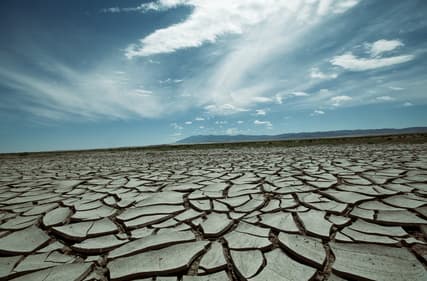
Decreased Crop Yields and Rising Food Prices
Rising temperatures across the globe mean that people in every single country will not be able to produce as many crops.
This means that they will have to raise prices in order to make the same profits which they were making before.
Many people who are already starving across the world will find it harder and harder to get food, as they will be paying more money for less food.
The rising temperatures combined with disasters and less rainfall in recent years mean that the food harvest is drastically less, and the world starvation problem is drastically greater.
According to the New York Times in 2011, “Many of the failed harvests of the past decade were a consequence of weather disasters, like floods in the United States, drought in Australia and blistering heat waves in Europe and Russia. Scientists believe some, though not all, of those events were caused or worsened by human-induced global warming" (Source).
Furthermore, desertification will decrease the amount of arable land, and rising sea levels will threaten land suitable for agriculture.
Water Shortages
Water, the most fundamental nutrient needed to live, could be affected by climate change.
Glaciers and ice caps account for over 68% of the world's freshwater and are melting rapidly (Source).
Many perennial rivers flow from glaciers, and many farmlands depend on them. As a matter of fact, over 1 billion people will face water shortages if the Himalayas melt.
A study has reported that a third of the ice in the Himalayas may melt by the end of the century even if nations limit climate change under the Paris Climate Agreement, and two-thirds of the ice could melt if nations fail to lower greenhouse gas emissions in this century (Source).
As many as 1.9 billion people are at risk from water shortages as mountain glaciers, snow-packs and alpine lakes are affected by climate change and rising demand (Source).
In certain regions, less and less rainfall each year means not only that crop harvests will be down, but water supplies will decrease as well.
Getting clean water is already a problem in so many countries that shortages of water would cause dire consequences.
Besides, rising sea levels could increase water shortages even more as they will salinate freshwater supplies.
Growing World Population
The increasing population growth across the world means more and more people will consume water and food but may find it hard to come by.
In 2050, the human population may hit 9.7 billion, and this will only aggravate the current situation. By 2100, it could peak at 11 billion (Source).
Between 2000 and 2050, water demand is projected to increase by 55% globally, with agriculture accounting for 70% of global freshwater use. Moreover, food production is going to need to increase by 69% by 2035 to meet the demands of a growing population (Source).
It should be noted that although 70% of our planet is covered by water, only 3% of it is freshwater. "Over one billion people lack access to water and another 2.7 billion find it scarce for at least one month of the year" (Source).
A combination of climate change, human action, and population growth entails that global demand for freshwater is going to exceed supply by 40% in 2030 (Source).
Lack of Media Attention About Shortages of Food and Water
Although little attention has been paid to shortages of food and water, they are just as important (or even more so) as rising sea levels.
If we do not make a serious effort to stop climate change, these shortages of food and water will only amplify in the future.
The lives of millions are at stake.
Let's do what we can to reduce the effects of climate change.

From National Geographic
Further Reading and Sources
- The Guardian Article on Food Shortage
- The Guardian Article on Water Shortage
- World Health Organization
- New York Times Article from 2011
- BBC Article from 2017
- BBC Article from 2018
- CBC News
- United Nations
- CTV News
Join the Community and Newsletter (4500 Subscribers)
You can subscribe to my Substack Page or see the archives of previous posts. More great content coming soon!
Recent Articles
-
Quotes on Climate Change
Nov 24, 25 07:29 PM
Here is a list of quotes on climate change divided into different categories, many of which include people you have previously heard of. -
Climate Change Guide
May 09, 25 08:36 PM
The Climate Change Guide is your guide to a more sustainable future, and will provide you with all relevant information on mankind's greatest challenge. -
Laurent Cousineau
May 09, 25 08:23 PM
Here is information about the founder of the website Climate Change Guide, Laurent Cousineau. He created it in August 2011. -
Climate Change Quotes by Scientists Around the World
Aug 24, 24 02:01 PM
Explore impactful climate change quotes by scientists. Discover the wisdom and insights of experts advocating for a sustainable future.

